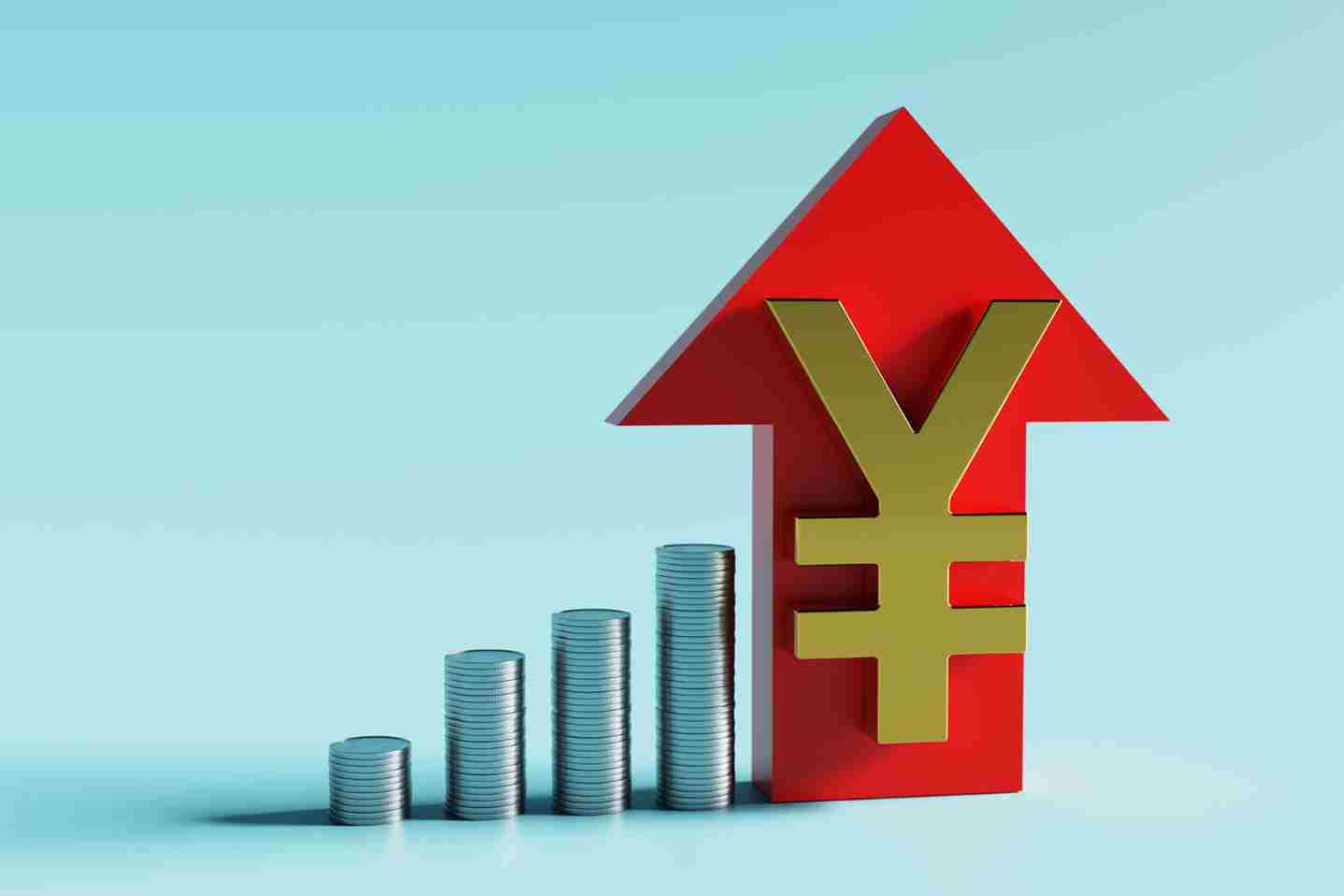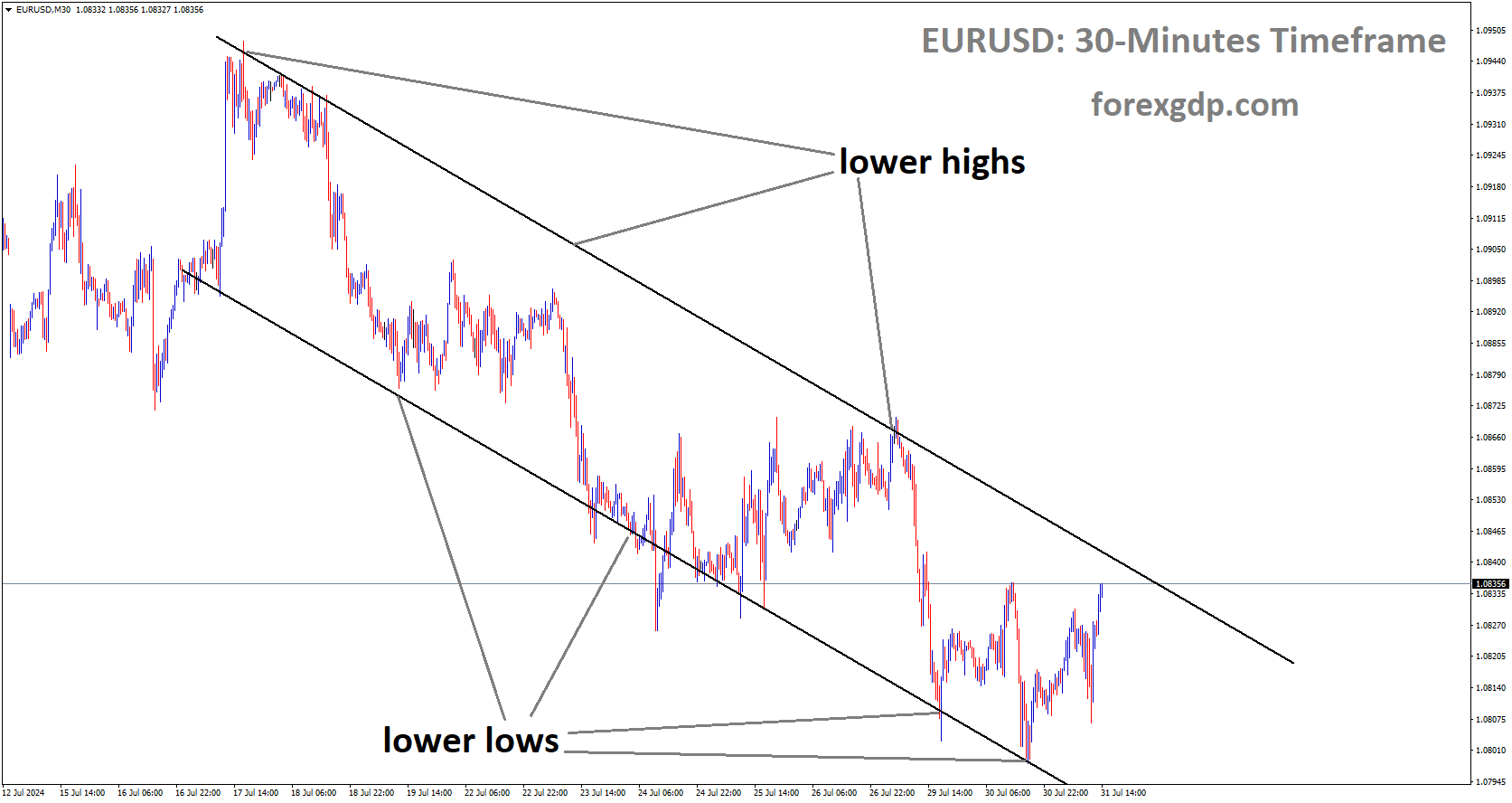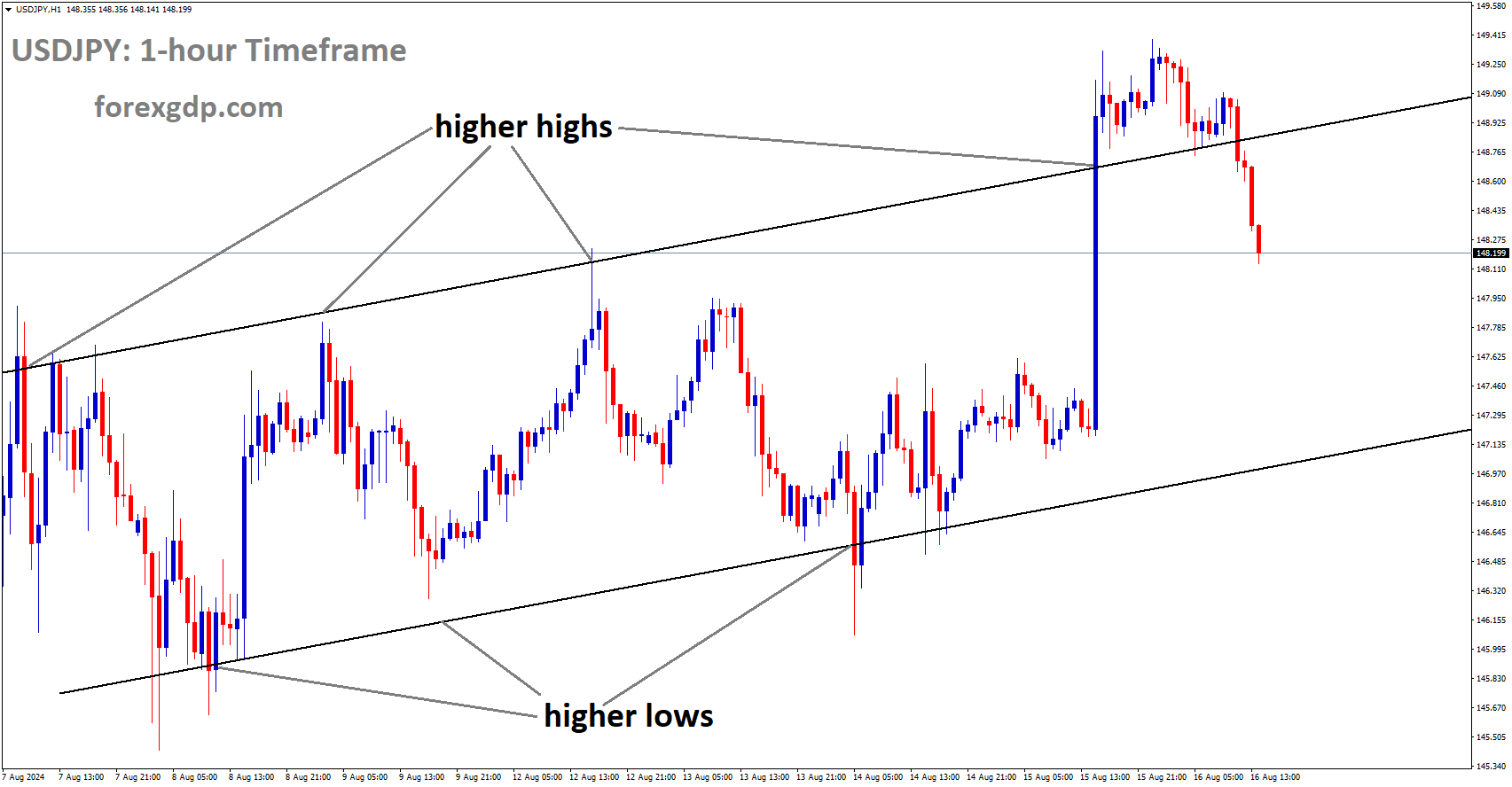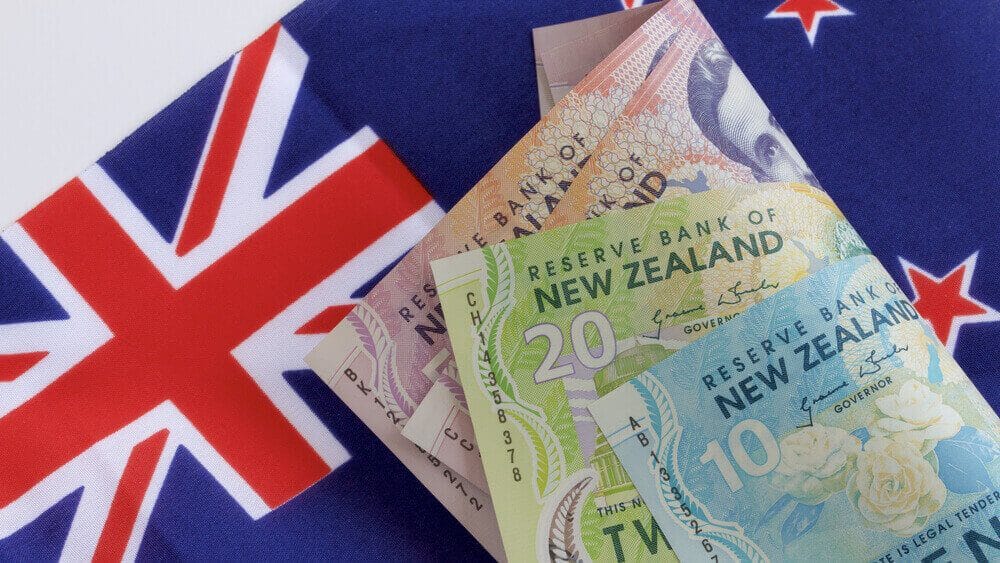The Japanese Yen (JPY) is one of the most popular currencies in the world. Many investors try to buy JPY during global uncertainty as it acts as a safe haven. It is also very popular among Asian Forex traders as Tokyo is a major financial center and the Tokyo session is the most important in Asia trading hours. For 2025, investors and traders can make big profits by gauging the sentiment and predicting major trends for JPY pairs. Let’s analyze the major factors influencing JPY and forecast the most likely scenarios summarized from reliable sources for the year 2025.
Factors influencing the JPY exchange rate
JPY pairs are popular among Asian Forex traders. FX in Japan allows traders to speculate on JPY pairs in their time zones and use local news and economic analysis to predict markets. It is a cheap and simple process to sign up and start trading, and traders who can quickly analyze local fundamental factors can outperform international traders who rely on outside news sources. This is why traders need to understand the main factors influencing JPY pairs.
Monetary Policy (BOJ, FED, ECB)
The main factor is the monetary policy of the Bank of Japan (BOJ). When interest rates are low, the economy tends to grow as stock prices rise. This is caused by investors’ ability to borrow money cheaply and invest it into dividend-paying stocks and other investment ventures. For decades, BOJ had negative interest rates, motivating retail investors to borrow money and invest in stock markets, for example. Lower interest rates by BOJ causes JPY to depreciate against other currencies including EUR and USD. The Federal Reserve’s interest rate decisions also affect JPY greatly, as many local traders try to borrow JPY and invest it in overseas markets in high-return assets. U.S. interest rate hikes generally strengthen the USD against the JPY (USDJPY rises as more JPY is needed to buy 1 dollar). European Central Bank policies also impact currency pairs, especially EURJPY rates.
Economic indicators
Japan’s GDP growth influences the strength of the JPY, and post-pandemic recovery efforts will dictate domestic and international investment decisions. Inflation rates led BOJ to increase interest rates, which in return appreciated JPY against other currencies but prevented investors from borrowing to invest in US stock markets. This event was blamed for the temporary crash of US stock markets recently, showing how important JPY can be for international markets. The BOJ has a 2% inflation target, which might cause further interest rate hikes. The trade balance is another important factor for the Japanese economy, as the country relies heavily on exports. Strong JPY typically makes exports less competitive, which is the main reason why BOJ has so low interest rates, allowing Yen’s higher inflation. Political instabilities and wars typically make JPY a very attractive currency to hedge against major currency fluctuations.
JPY forecasts for 2025
Bank of America forecasted the YEN to rise to 160 (USDJPY) if the FED won’t cut interest rates rarely in April. This really happened in June and July this year. USDJPY has been moving in a downtrend ever since. In 2025, unless the FED cuts rates, this trend is highly likely to continue, especially if the BOJ raises interest rates further, beyond the current 0.25%. The rate cut in the USA is highly likely if the financial news continues to be bearish for the dollar. The current pressure is not that high for the US economy, which might delay interest rate cuts till the end of 2024. The moment the FED decides to cut interest rates, JPY is going to depreciate against the dollar, and we might see an uptrend for the USDJPY currency pair. The pair is trading near a psychological level of 140, and if the pair continues to fall, meaning JPY continues to appreciate against the dollar, the next level is almost 300 pips below at 137 level.
Potential Scenarios for JPY in 2025
Now, taking into account the current status of interest rates and GDP rates in both countries, there are several scenarios for JPY against the dollar and Euro. The International Monetary Fund (IMF) has a moderate projection for Japan. If the global uncertainty around major Russian invasions in Ukraine continues, it could strengthen the Yen as a safe-haven currency. If the BOJ raises interest rates further, the JPY will strengthen, while it might fall if the BOJ decides the other way around. However, if the current approach of BOJ continues unchanged and policies remain the same, the Yen will be more stable.






